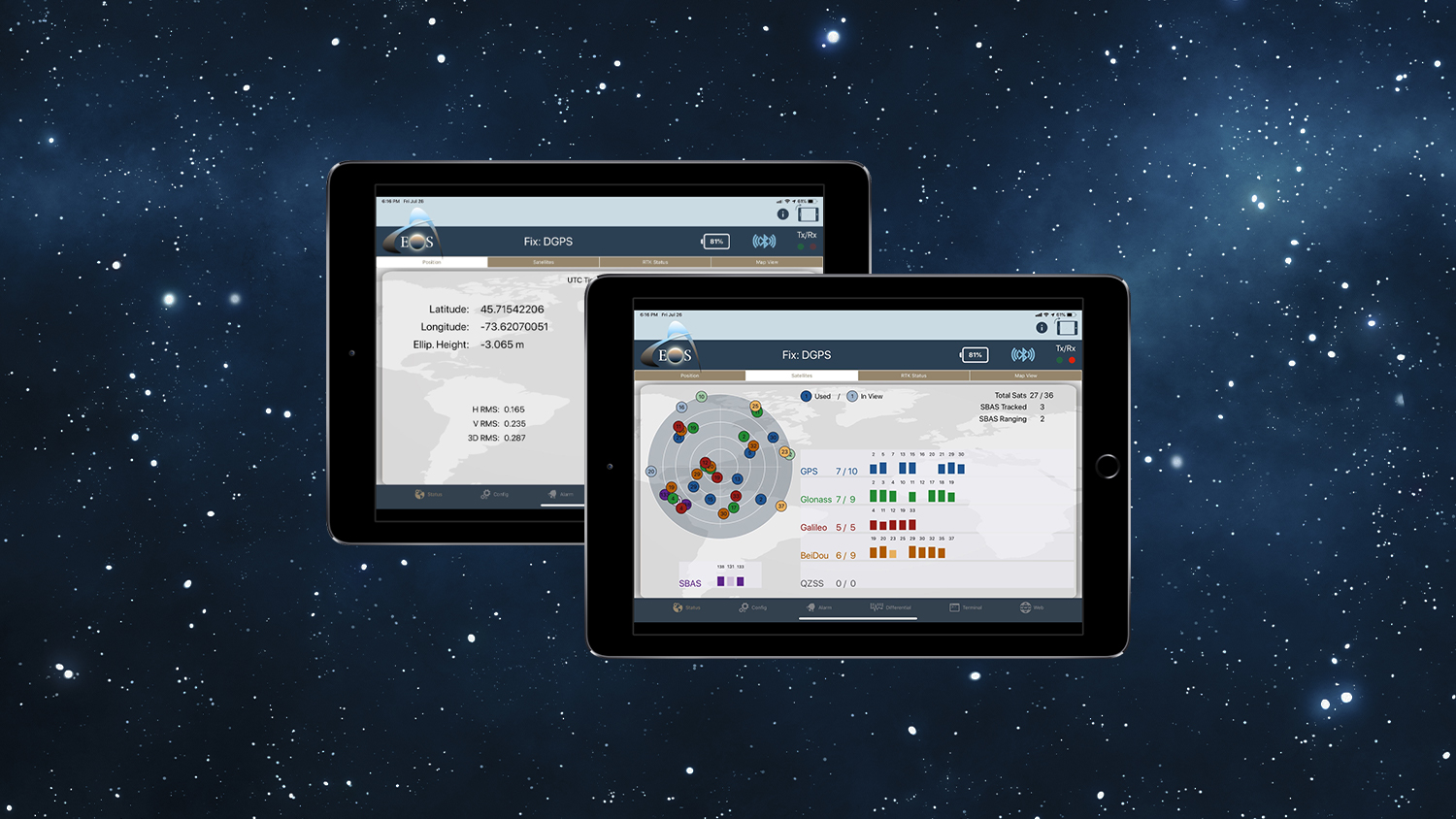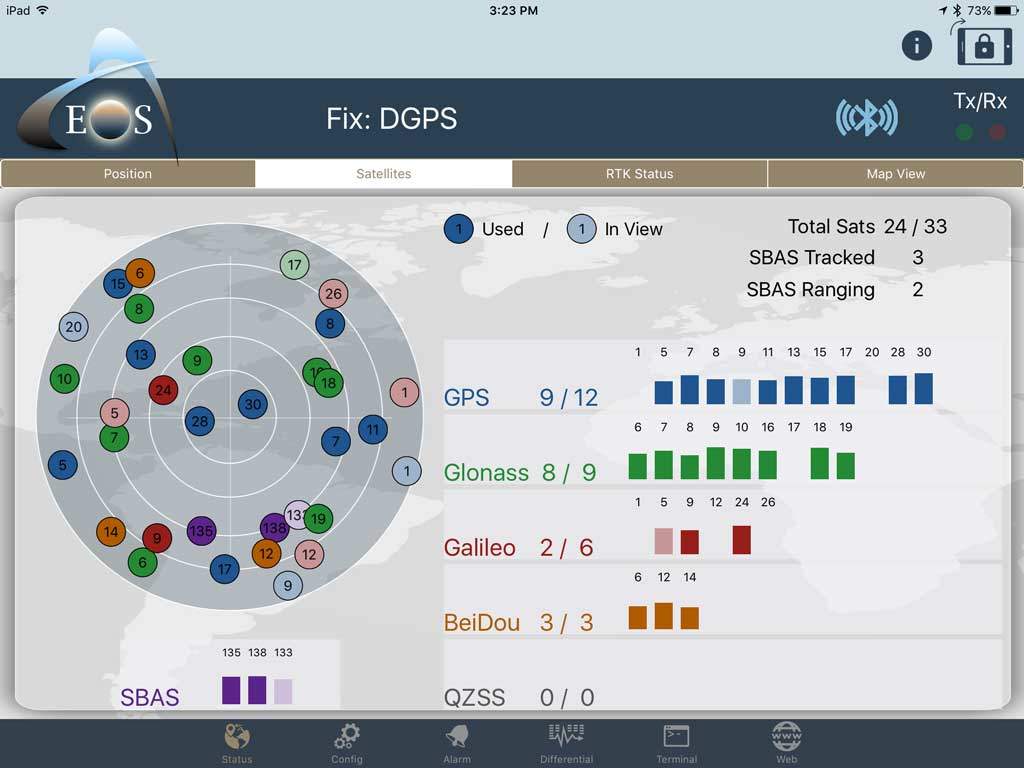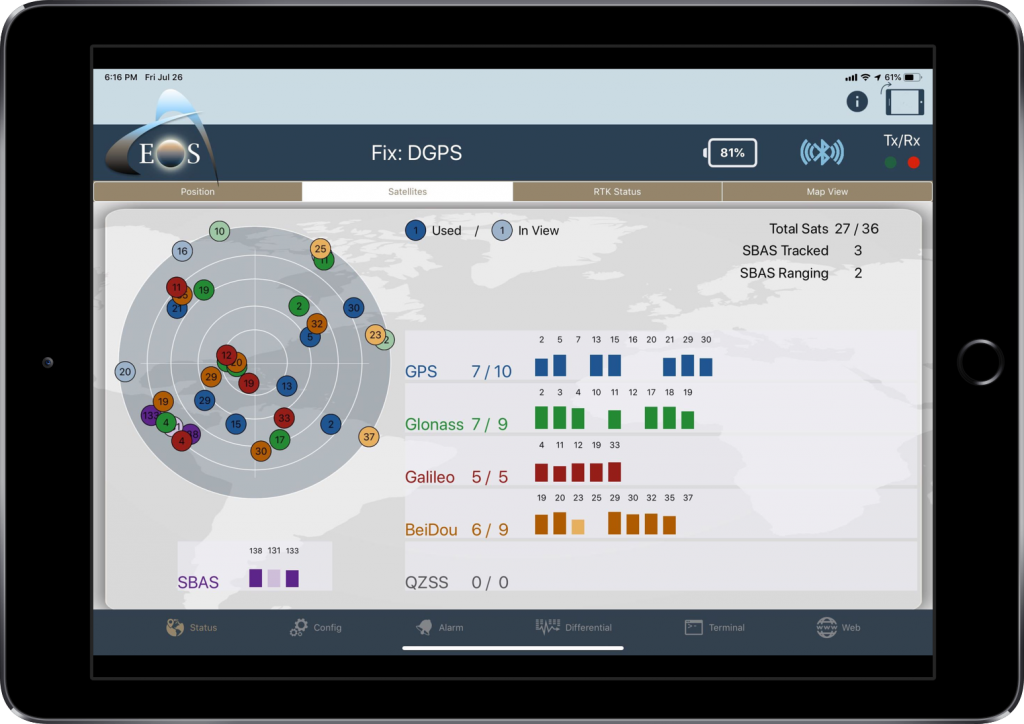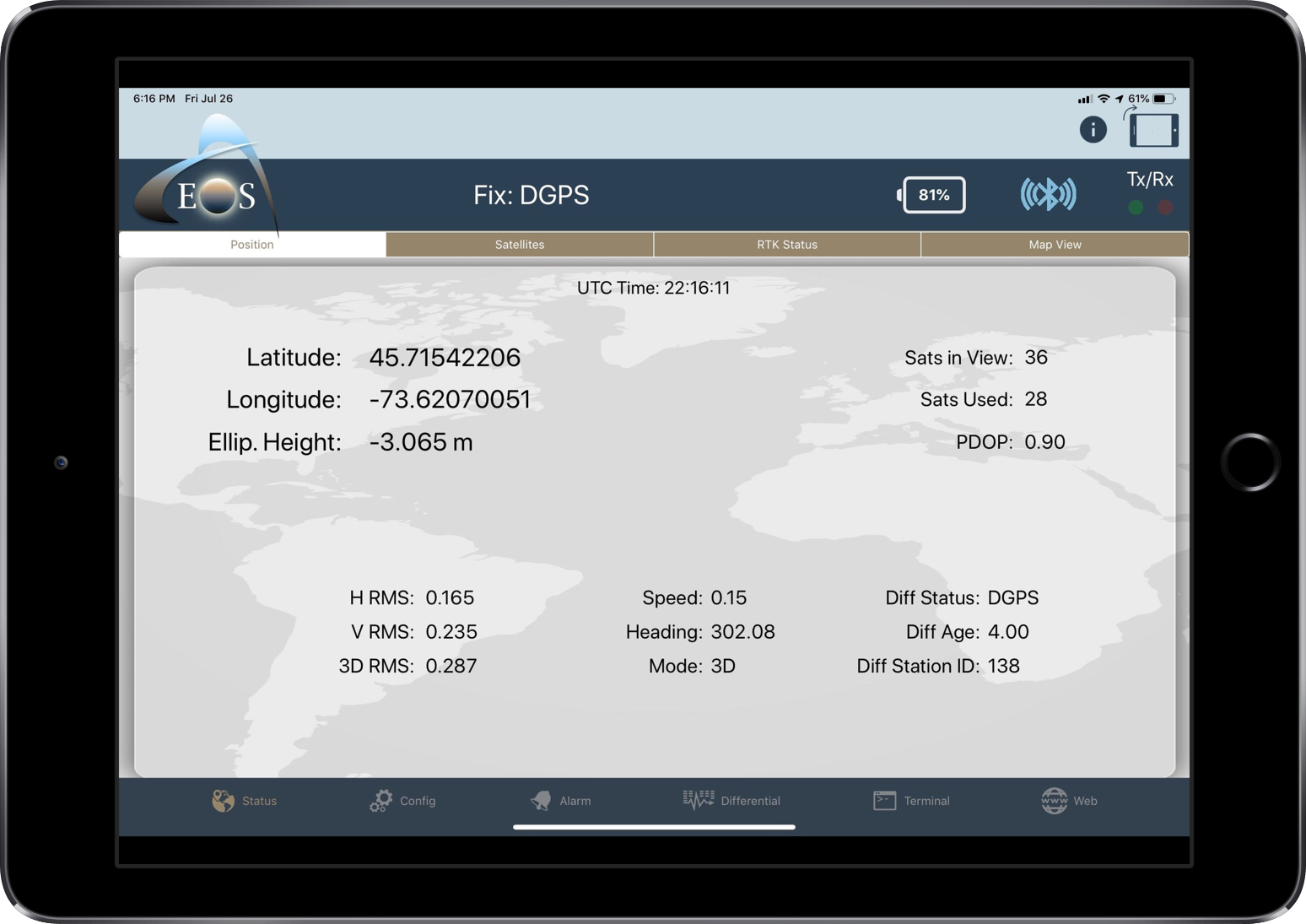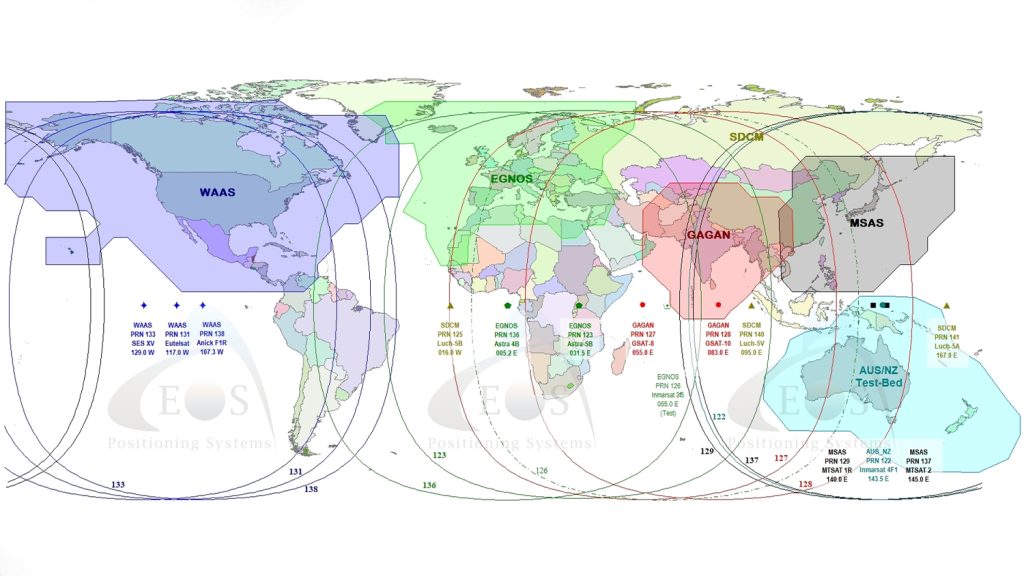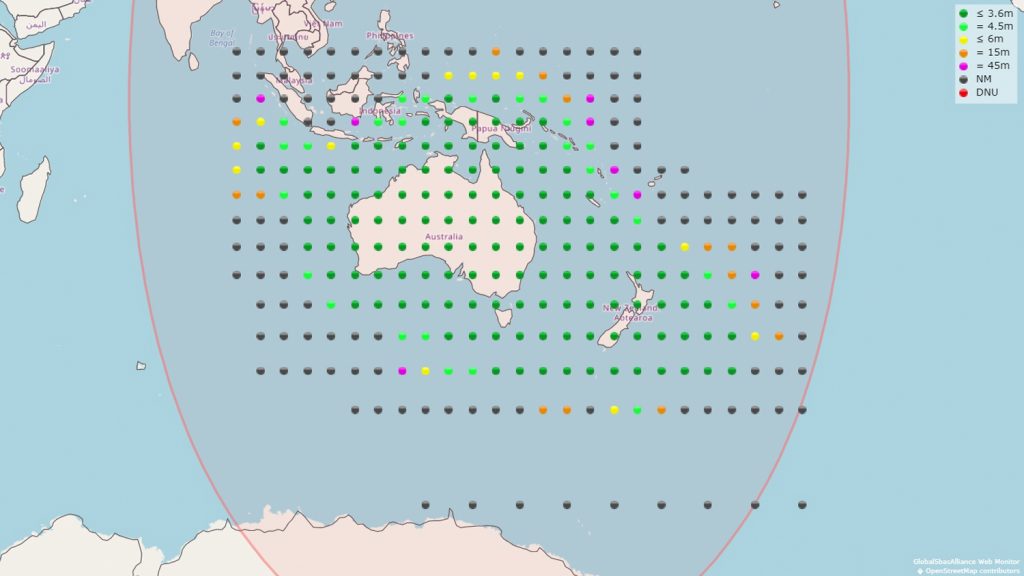Are you ready to learn how to use the four constellations for sub-meter GNSS mapping? This article shows you how the Eos Arrow receivers work with GPS, Glonass, Galileo, and BeiDou
Sub-meter GNSS mapping has come a long way since WAAS/SBAS was introduced 14 years ago. At that time, it was just GPS. Glonass was still recovering from perestroika and in rebuild mode so in impaired environments like tree canopy, urban canyons and rugged terrain, GPS receivers had a tough time tracking enough satellites, not to mention tracking the WAAS/SBAS correction satellites.
My, how times have changed!
Russia rebuilt Glonass and it’s had a full constellation of 24 satellites for a number of years. Glonass helped a lot in impaired environments. It became a must-have in forestry and other tough working conditions.
Now, we have prepared our receivers to track and use a new wave of satellites. It will result in another big jump in GNSS receiver performance in impaired environments. Two new satellite constellations, Galileo and BeiDou, are being deployed as we speak, and they are helping already.
See the following screenshot of our Eos Tools Pro software running on an iPad® connected by Bluetooth to an Arrow 100 sub-meter receiver.
You can see in the upper right corner of the screen that 24 satellites, out of 33 in view, are being used. That’s a huge leap from even a couple of years ago. Let’s break down where the 24 are coming from:
GPS – 9. This is a pretty typical number.
Glonass – 8. This is a pretty typical number.
Galileo – 2. There are times when we have 4 to 5 Galileo satellites in use out of the 11 currently operational. With each new Galileo launch (Europe launches four at a time), you’ll see this number increase. Last November, Europe launched four and hasn’t set those healthy yet. We expect that to happen soon. Then, Europe plans to launch another four Galileo satellites this summer. With each launch, you’ll see an improvement in the robustness of positioning with the Arrow receiver.
BeiDou – 3. China is on a similar track as Europe. If you’re in or near China, there’s a lot (~14) of regional orbiting BeiDou satellites the Arrow can track and use. There are some BeiDou satellites in global orbits that Arrow receivers can track in other parts of the world. In this case, the Arrow was tracking/using three. The same as with Galileo, with each new BeiDou launch, the Arrow receivers will track and use them to improve the robustness of the position.
SBAS – 2. This may surprise you but the Arrow receivers offer a unique feature to use the geosynchronous SBAS satellites for positioning, not just for receiving the SBAS corrections. The benefit is that they are stronger signals than the other satellites.
Throughout 2017, 2018, etc. you’ll continue to see the Arrow receivers tracking more and more satellites, resulting in more robust positioning in difficult environments. Do more satellites help the Arrow receivers in achieving even better accuracy than what it currently offers with SBAS? Take a look at the screen shot below:
The above screen shot is an Arrow 100 receiver using the satellites shown above and compared to a survey mark on the ground. The correction source is free SBAS (WAAS in this case), not RTK or a paid subscription service. The X axis is in minutes so this is about six minutes of data. The Y axis is meters so you can see the latitude error is ~30cm and the longitude error is ~17cm.
Of course, there will be a time when more satellites doesn’t equate to better accuracy, and maybe we’re getting close to that now just using DGPS with L1, but more satellites can equate to more robust positioning in tough environments like in and around tree canopy. That’s where the additional satellites will really help receiver performance.
If you’re already an Arrow 100 user, contact our technical support team and we’ll set you up with the latest firmware so you can enjoy the benefit of all four satellite constellations. If you’re not an Arrow user, we’re sorry about that ;-) but would love to speak with you about our Arrow receivers. You can call us at +1 450/824-3325 or fill out our contact form here.

